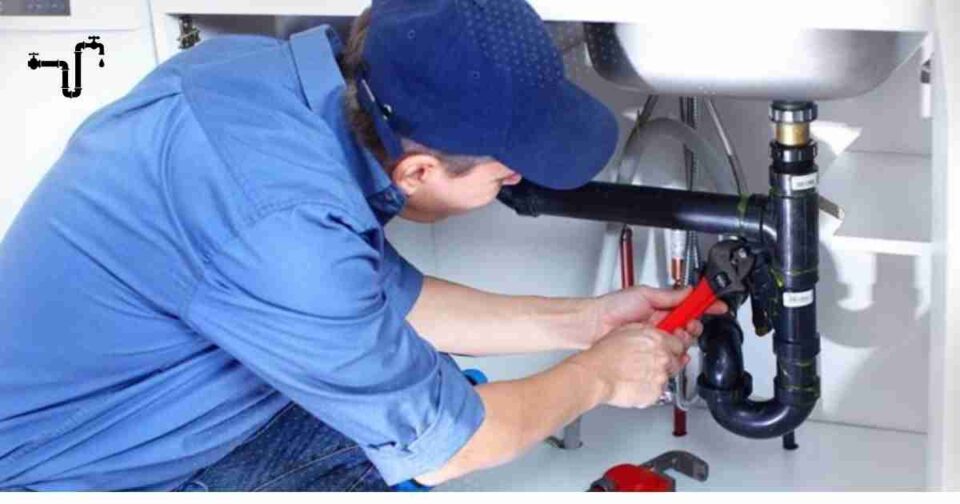Last Updated on July 17, 2025 by Admin
Construction projects are huge undertakings, and that makes it easy for those smaller details to fall by the wayside. When you’re looking at the bigger picture, you might not realize that there are issues with the plumbing, for instance—until, that is, you find yourself facing an expensive problem later down the line.
The best way to avoid plumbing problems during a construction project is to know what to look for in the first place. Here, we’re outlining six of the most common construction plumbing mistakes, so you can steer clear of them in your own project.
1. Poor Planning During the Design Phase
You need to be considering your plumbing layout at the same time as planning for the building’s HVAC, electrical, and structural elements from the very start.
If you don’t properly plan for a building’s plumbing, it may end up conflicting with other trades later, possibly even resulting in an expensive revision.
2. A Lack of Coordination Between Trades
When you’ve got multiple trades on the go during your construction, it’s all too easy for plumbing tasks to clash with the likes of steelwork, ducting, or electrics if teams aren’t collaborating properly.
The simple way to prevent this issue is to establish early and regular communication between contractors who’ll need to coordinate their projects around each other, so you don’t end up facing unnecessary delays.
3. Using Incorrect Pipe Sizes
Make sure the pipe sizes you select for your project are suitable for the construction. The last thing you want is for the client to experience water pressure and system performance issues once the project is complete.
You can avoid this mistake by being meticulous with your calculations, basing them on the size of the building and its intended use. A professional plumbing company like Military Plumbing can help you get it right.
4. Ignoring Local Building Codes and Standards
It goes without saying that complying with local building codes and standards should be at the top of your list of priorities. If you make the mistake of not doing this, there’s a real risk that your building might fail an inspection, possibly leading to delays and (in the worst-case scenario) legal issues.
Make sure you stay updated on all regulations that are relevant to your project, and always use qualified plumbers who are well-versed with the local requirements.
5. Poor Drainage Design
There’s a lot more that goes into good drainage than you might first think. Things like slope, placement, and even venting are easy to get wrong, possibly leading to blockages and backflow problems if you don’t give them the attention they deserve in advance.
Drainage needs proper engineering, not guesswork, so make sure you work with specialists who know what they’re doing.
6. Overlooking Accessibility for Maintenance
Finally, while your work may finish once the project is complete, your building should be mindfully constructed with long-term maintenance in mind.
Don’t make the mistake of providing poor access for plumbing inspections and maintenance because you failed to factor this into the construction. You’ll want to design with future repairs in mind, so your clients can save time and costs in the long run.
Related Posts:
- The Silent Career Killers in Construction – And How to Avoid Them
- Top 5 Mistakes Freshers Make in Construction Interviews (2025 Updated Guide)
- DIY Plumbing Or Professional Plumbing Services: Which One Works For You?
- 4 Plumbing Issues in Older Properties and How to Fix Them


